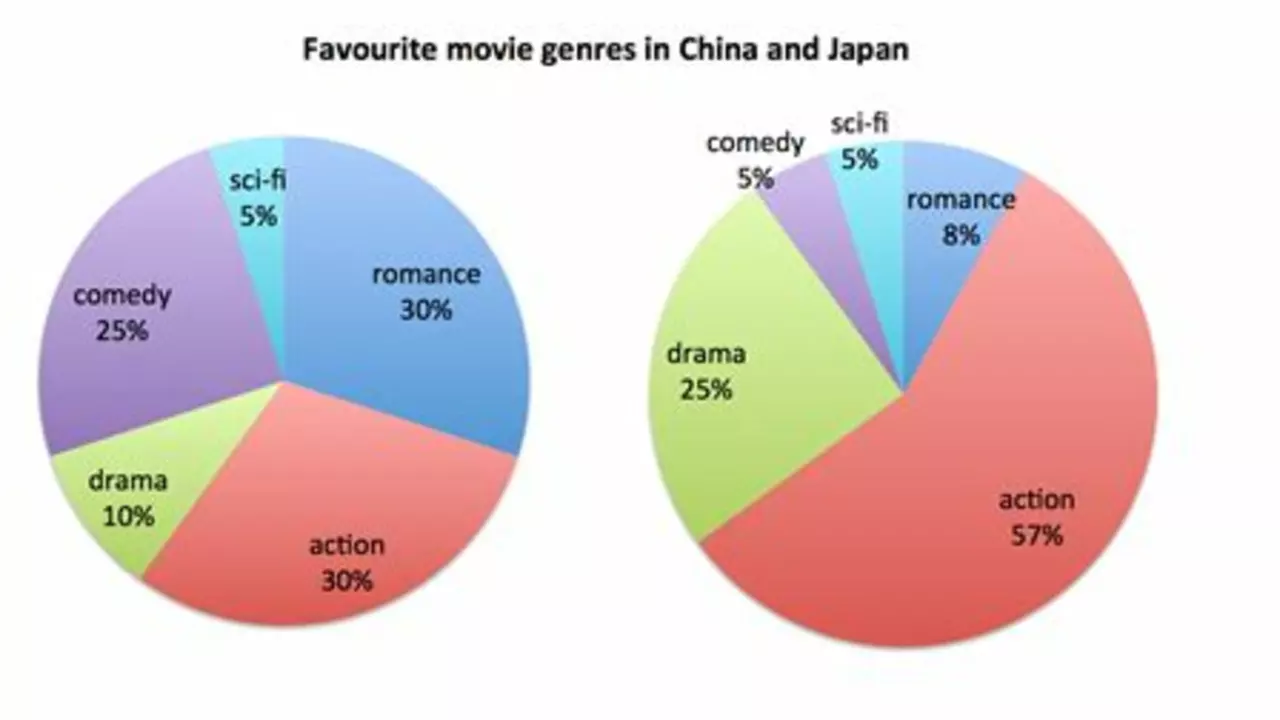Comparison Over Time: Simple Ways to Track Changes and Spot Trends
Ever looked at a single race result and wondered how it fits into the bigger picture? That’s what a comparison over time does – it lines up data points so you can actually see progress, decline, or just plain quirks. Whether you’re a die‑hard F1 fan, a business owner, or just curious about any metric, the basic steps are the same and surprisingly easy.
Why Comparing Over Time Matters
First off, trends give context. A driver who wins three races in a row is impressive, but if you chart his lap times over the whole season you’ll see whether he’s getting faster, staying flat, or slipping under pressure. The same logic works for sales numbers, website traffic, or even your personal fitness data. Without a time‑based view, a spike looks like a miracle and a dip looks like disaster – both can be misleading.
Second, spotting patterns early helps you act before a problem becomes a crisis. Imagine noticing that every time a team introduces a new tyre strategy, their qualifying position drops two spots on average. You can test a different approach before the next Grand Prix. In business, a subtle downward trend in monthly revenue could trigger a promotional push before the quarterly report hits the books.
Easy Steps to Compare Anything
1. Pick a consistent interval. Days, weeks, races, or seasons – stick to the same unit so the chart isn’t a mess. For F1, you might compare each Grand Prix; for a blog, weekly page views work well.
2. Gather raw numbers. Pull the data from a reliable source – official timing sheets for racing, analytics dashboards for web traffic, or a spreadsheet for personal goals.
3. Normalize if needed. If you’re mixing categories (e.g., race wins vs. podium finishes), convert everything to a common metric like points or percentages.
4. Visualize. A simple line graph does the heavy lifting. Plot the metric on the Y‑axis and time on the X‑axis. Color‑code different variables to keep things clear.
5. Interpret the pattern. Look for steady climbs, sharp spikes, or recurring dips. Ask yourself: what changed before this point? New driver, rule change, marketing campaign?
6. Take action. Use the insight to tweak strategy, double‑down on what works, or investigate anomalies.
Here’s a quick example from recent F1 seasons. If you line up Hamilton’s pole positions from 2018 to 2023, you’ll see a steady rise until 2021, then a dip when the car struggled with new aerodynamic rules. That dip isn’t random – it aligns with a rule change, so the team adjusted the chassis and bounced back in 2022. Without a time‑based view, the 2021 dip would look like a slump rather than a reaction to external factors.
Another everyday case: you track how many steps you take each day. Plotting the numbers over a month might reveal that you walk more on weekdays because of commuting, but weekends drop sharply. Knowing this, you could schedule a Saturday hike to keep the average up.
Remember, the goal isn’t to build a perfect model; it’s to get a clear picture fast. Use free tools like Google Sheets, Excel, or online chart makers. They let you paste numbers and generate a line chart in seconds.
Finally, keep your comparisons simple. Too many lines or data sets create noise. Focus on one or two key metrics at a time, draw a conclusion, then move to the next question.
By regularly comparing over time, you turn raw numbers into stories you can act on. Whether you’re cheering for your favourite driver, managing a small business, or just trying to improve a personal habit, a quick glance at a trend line can tell you exactly where you stand and where you might go next.

Are sports more popular now than they were 10 years ago?
In my observation, sports have indeed grown more popular in the past decade. Thanks to the rise of digital media and social platforms, access to sports content has become easier and more widespread than ever before. New technology has also improved the viewing experience, making games more engaging and interactive. Additionally, the proliferation of youth sports programs has sparked a renewed interest in athletic activities at an early age. So yes, in my view, sports are certainly more popular now than they were 10 years ago.
July 17 2023